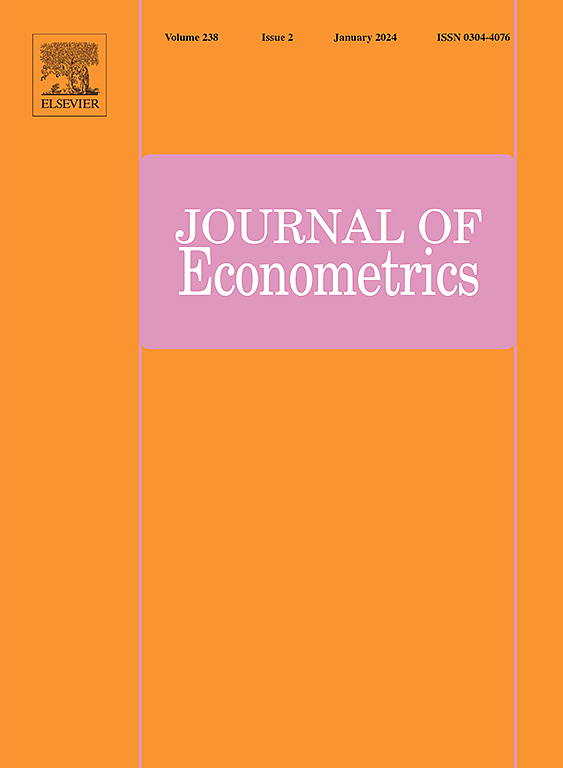Machine learning who to nudge: Causal vs predictive targeting in a field experiment on student financial aid renewal
IF 4
3区 经济学
Q1 ECONOMICS
引用次数: 0
Abstract
In many settings, interventions may be more effective for some individuals than for others, so that targeting interventions may be beneficial. We analyze the value of targeting in the context of a large-scale field experiment with over 53,000 college students, where the goal was to use “nudges” to encourage students to renew their financial-aid applications before a non-binding deadline. We begin with baseline approaches to targeting. First, we target based on a causal forest that assigns students to treatment according to those estimated to have the highest treatment effects. Next, we evaluate two alternative targeting policies, one targeting students with low predicted probability of renewing financial aid in the absence of the treatment, the other targeting those with high probability. The predicted baseline outcome is not the ideal criterion for targeting, nor is it a priori clear whether to prioritize low, high, or intermediate predicted probability. Nonetheless, targeting on low baseline outcomes is common in practice, for example when treatment effects are difficult to estimate. We propose hybrid approaches that incorporate the strengths of predictive approaches (accurate estimation) and causal approaches (correct criterion). We show that targeting intermediate baseline outcomes is most effective in our application, while targeting based on low baseline outcomes is detrimental. In one year of the experiment, nudging all students improved early filing by an average of 6.4 percentage points over a baseline average of 37%, and we estimate that targeting half of the students using our preferred policy attains around 75% of this benefit.
机器学习推动谁:学生助学金更新的现场实验中的因果vs预测目标
在许多情况下,干预措施可能对某些人比其他人更有效,因此有针对性的干预措施可能是有益的。我们在一个有53000多名大学生参加的大规模实地实验的背景下分析了目标定位的价值,该实验的目标是使用“轻推”来鼓励学生在非约束性截止日期之前更新他们的经济援助申请。我们从瞄准目标的基线方法开始。首先,我们的目标是基于一个因果森林,根据那些估计具有最高治疗效果的学生分配治疗。接下来,我们评估了两种可供选择的目标政策,一种针对的是在没有治疗的情况下续签经济援助的预测概率较低的学生,另一种针对的是概率较高的学生。预测的基线结果不是理想的靶向标准,也不清楚是否优先考虑低、高或中等预测概率。尽管如此,在实践中,以低基线结果为目标是常见的,例如当治疗效果难以估计时。我们提出混合方法,结合预测方法(准确估计)和因果方法(正确标准)的优势。我们表明,在我们的应用中,以中间基线结果为目标是最有效的,而以低基线结果为目标是有害的。在一年的实验中,推动所有学生的早期申请平均提高了6.4个百分点,而基线平均水平为37%。我们估计,使用我们的首选政策的一半学生获得了大约75%的收益。
本文章由计算机程序翻译,如有差异,请以英文原文为准。
求助全文
约1分钟内获得全文
求助全文
来源期刊

Journal of Econometrics
社会科学-数学跨学科应用
CiteScore
8.60
自引率
1.60%
发文量
220
审稿时长
3-8 weeks
期刊介绍:
The Journal of Econometrics serves as an outlet for important, high quality, new research in both theoretical and applied econometrics. The scope of the Journal includes papers dealing with identification, estimation, testing, decision, and prediction issues encountered in economic research. Classical Bayesian statistics, and machine learning methods, are decidedly within the range of the Journal''s interests. The Annals of Econometrics is a supplement to the Journal of Econometrics.
 求助内容:
求助内容: 应助结果提醒方式:
应助结果提醒方式:


